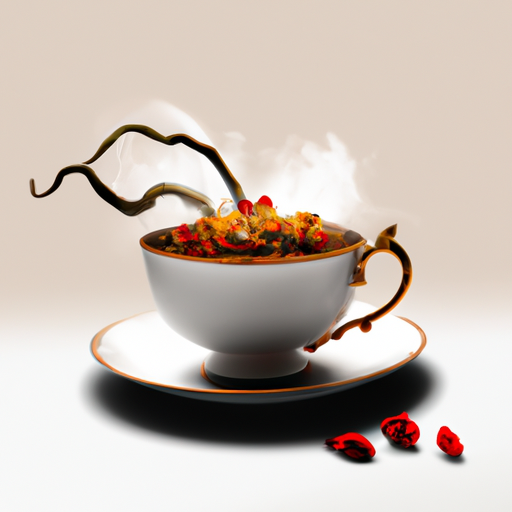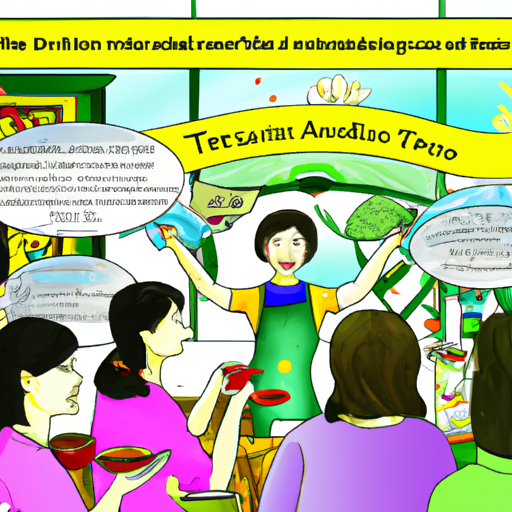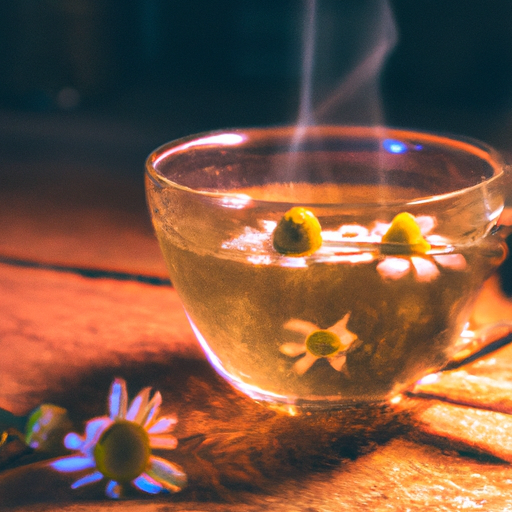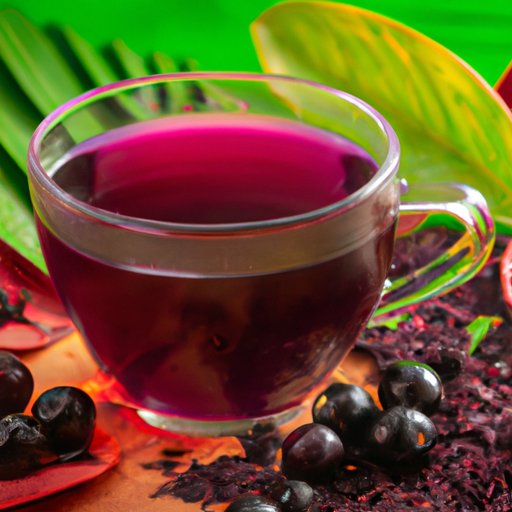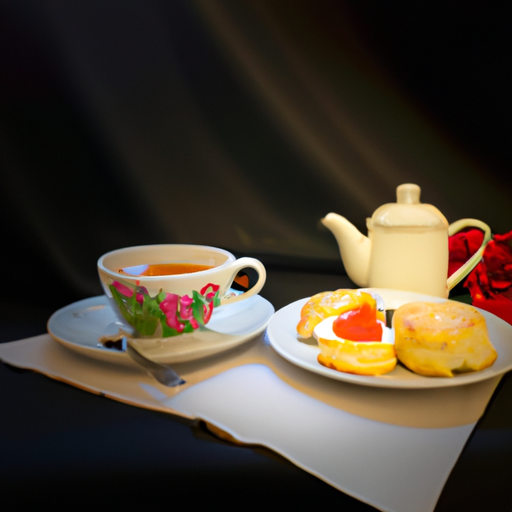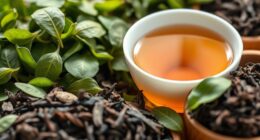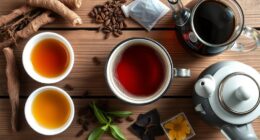Enter a realm of sensory pleasure with the captivating elixir that is oolong tea. Similar to a concealed gem awaiting exploration, this partially oxidized marvel entices the senses with its enticing flavors, impressive health advantages, and intricate brewing methods.
As I invite you on this journey, picture yourself in a serene tea garden, surrounded by rolling hills and the whispers of ancient tea masters. Just as the leaves of oolong tea unfurl, so too will your taste buds awaken to a symphony of complex flavors, from delicate floral notes to robust earthy undertones.
But the allure of oolong tea extends far beyond its exquisite taste. This ancient elixir is replete with natural antioxidants, catechins, and polyphenols, offering a myriad of health benefits ranging from cholesterol regulation to potential weight loss.
With the knowledge of the brewing techniques passed down through generations, you can unlock the full potential of oolong tea, capturing its essence in every sip.
So, join me as we embark on a voyage of discovery, exploring the wonders of oolong tea and indulging in its boundless delights.
Key Takeaways
- Oolong tea is a semi-oxidized tea with a wide range of flavors, from light and floral to dark and mineral.
- Oolong tea is rich in catechins and polyphenols, which act as natural antioxidants and have beneficial effects on cholesterol and cancer.
- Oolong tea is known for its potential weight loss benefits and appetite suppression.
- Oolong tea can be brewed using different methods, such as gongfu-style brewing or western-style brewing, and can be re-steeped multiple times to create new flavors with each infusion.
What is it?
Oolong tea is a semi-oxidized tea that I’ve come to love for its diverse flavors and potential health benefits. This exceptional tea has a fascinating history and holds significant cultural significance.
Originating from southern China’s Fujian province and the mountainsides of Taiwan, oolong tea has been cherished by tea enthusiasts for centuries. Its production involves a meticulous multi-step process, including withering, rocking, oxidation, bruising, resting, and firing. Each step contributes to the unique flavors and aromas that oolong tea offers.
Culturally, oolong tea holds a special place in Chinese and Taiwanese traditions. It’s often enjoyed during important events and celebrations, symbolizing hospitality and respect. The art of serving and brewing oolong tea is deeply ingrained in these cultures, with various brewing methods and vessels being used to enhance the tea-drinking experience.
Understanding the history and cultural significance of oolong tea adds to the overall appreciation and enjoyment of this exquisite beverage.
Production and Varieties
I find it fascinating to learn about the production process and the different varieties of oolong tea. Oolong tea has a rich history and is produced in various growing regions. Here are three key points about oolong tea production and varieties:
-
Oolong Tea History and Growing Regions: Oolong tea originated in southern China’s Fujian province and the mountainsides of Taiwan. It’s also produced in other regions such as Wuyi, Anxi, and Dan Cong. Each region has its own unique growing conditions and traditional methods of cultivation, resulting in distinctive flavors and aromas.
-
Oolong Tea Flavor Profiles: Oolong teas offer a wide range of flavor profiles, from light and floral to dark and mineral. The flavor can also vary depending on the oxidation level, with lightly oxidized oolongs having a fresh and delicate taste, while heavily oxidized ones tend to be more robust and earthy.
-
Tasting Notes: When tasting oolong tea, you may notice floral notes like orchid or jasmine, fruity undertones such as peach or apricot, and sometimes a subtle hint of roasted nuts. The taste can be complex and evolving, with each steeping revealing new layers of flavor. It’s truly a delight to explore the diverse world of oolong tea and discover the unique characteristics of each variety.
Health Benefits
Exploring the health benefits of oolong tea reveals surprising advantages that can enhance one’s well-being. Oolong tea is not only a delicious beverage but also a natural aid for weight loss. The antioxidants present in oolong tea, such as catechins and polyphenols, have been shown to boost metabolism and promote fat burning. These antioxidants also have a positive impact on cholesterol levels, reducing the risk of heart disease. Additionally, oolong tea contains theaflavins, which have been found to have anti-cancer properties.
To highlight the health benefits of oolong tea, let’s take a look at the table below:
| Health Benefits of Oolong Tea | |
|---|---|
| Weight Loss | Boosts metabolism and aids in fat burning |
| Antioxidants | Protects against oxidative stress and reduces the risk of chronic diseases |
Incorporating oolong tea into your daily routine can provide these incredible health benefits while also satisfying your taste buds. So why not indulge in a cup of oolong tea and experience the delightful flavors and numerous benefits it has to offer?
Brewing Techniques
To brew a perfect cup of oolong tea, it’s important to understand the various brewing techniques. Different brewing methods can bring out different flavors and aromas in oolong tea, allowing you to customize your drinking experience. Here are three popular brewing techniques for oolong tea:
-
Gongfu-style brewing: This traditional Chinese method involves using a small teapot or gaiwan to brew multiple infusions of oolong tea. It allows for precise control of water temperature and steeping time, resulting in a full-bodied and flavorful cup.
-
Western-style brewing: This method is more convenient and suitable for everyday use. Simply place oolong tea leaves in an infuser or teapot, add hot water, and steep for a few minutes. It produces a milder and less concentrated brew.
-
Mug brewing: If you prefer a quick and easy brewing method, using a mug with an infuser is a great option. Simply add oolong tea leaves to the infuser, pour hot water over it, and let it steep for a few minutes. This method is perfect for enjoying oolong tea on the go.
When brewing oolong tea, it’s also important to use the right oolong tea utensils. These include a tea kettle or teapot, an infuser or gaiwan, and tea cups or mugs. By selecting the appropriate brewing method and using the right utensils, you can ensure a delightful and satisfying oolong tea experience.
Frequently Asked Questions
How long does it take to produce Oolong tea?
As I delve into the world of oolong tea, I am captivated by the intricate process of its production. From the careful harvesting of the leaves to the meticulous withering and oxidation, it takes time and expertise to create this exquisite beverage.
Can Oolong tea be enjoyed without any health benefits?
Oolong tea can certainly be enjoyed purely for its taste and as a beverage. While it is known for its health benefits, such as antioxidants and potential weight loss effects, the delightful flavors of oolong tea alone make it a worthwhile choice.
Are there any specific regions known for producing high-quality Oolong tea?
Yes, there are specific regions known for producing high-quality oolong tea. The mountainsides of Taiwan, Wuyi in China, Anxi in China, and Dan Cong in China are renowned for their unique oolong teas with distinct flavors and characteristics. The soil and climate in these regions play a crucial role in shaping the quality of the tea.
Can Oolong tea be brewed using a regular teapot?
Yes, oolong tea can be brewed using a regular teapot as one of the alternative brewing methods. Simply add the desired amount of oolong tea leaves to the teapot and steep according to the recommended brewing guidelines for oolong tea.
Are there any specific tips for maximizing the flavor of Oolong tea during brewing?
To maximize the flavor of oolong tea, I recommend using high-quality loose-leaf tea and adjusting the steeping time and water temperature according to the tea’s oxidation level. Gongfu-style brewing is also effective for multiple infusions and enhancing the taste.
Conclusion
In conclusion, oolong tea is a true delight for tea enthusiasts. It offers a wide variety of tastes to explore, with its rich flavors ranging from light to heavily oxidized. Not only does oolong tea provide a refreshing and satisfying beverage, but it also comes with numerous health benefits. It’s packed with natural antioxidants and theaflavins, which may aid in weight loss and cholesterol management.
Brewing this exquisite tea is an art in itself. It allows you to savor its complexities through multiple infusions. So why not indulge in the exquisite world of oolong tea and experience the blissful flavors it has to offer? It’s like a symphony for your taste buds, a sensory journey you won’t want to miss!

